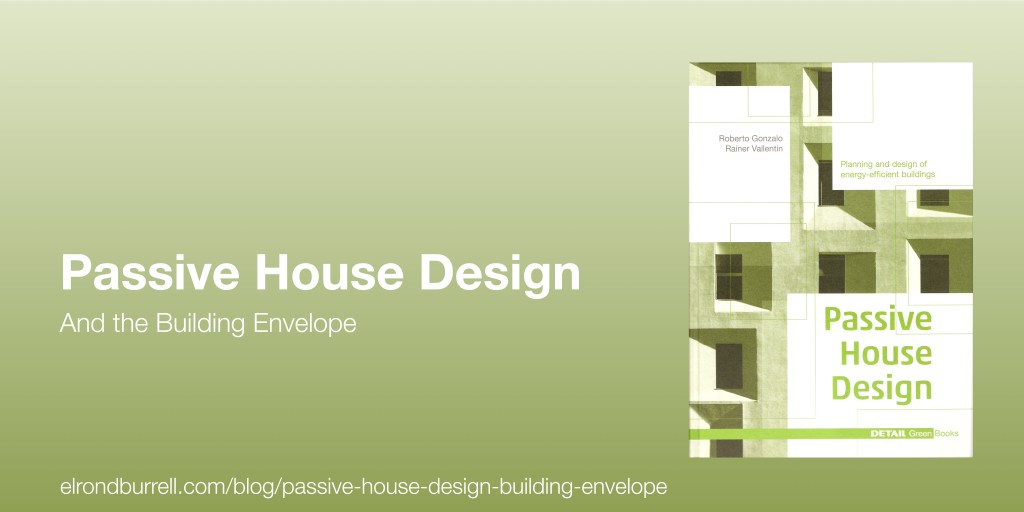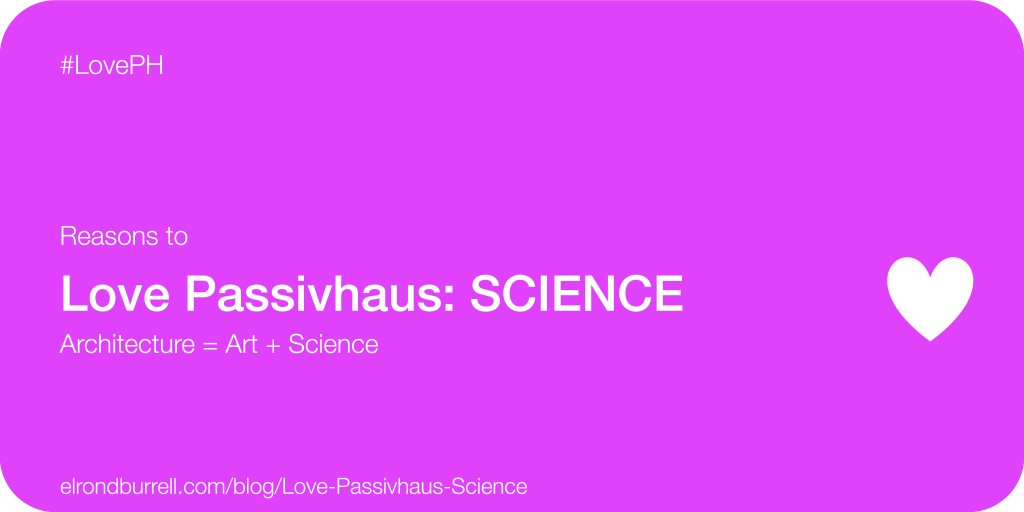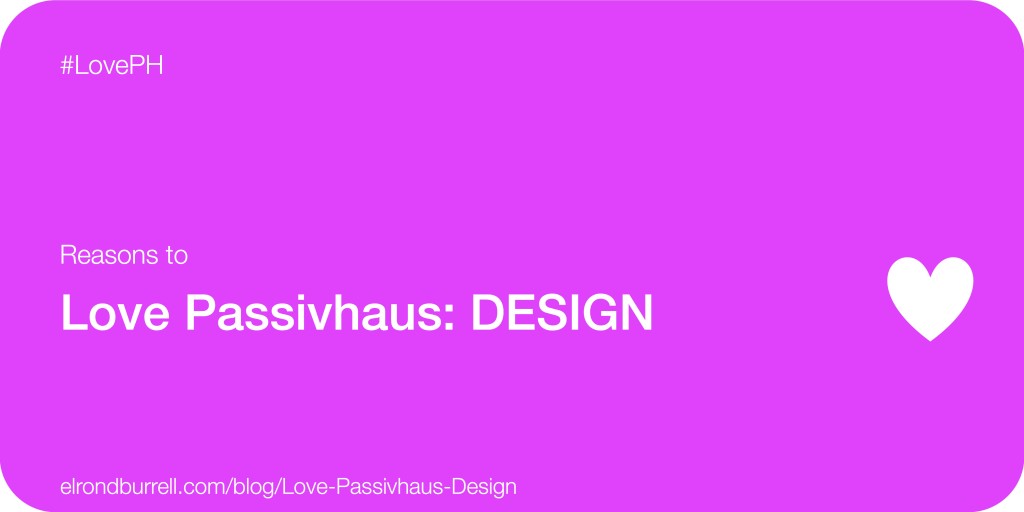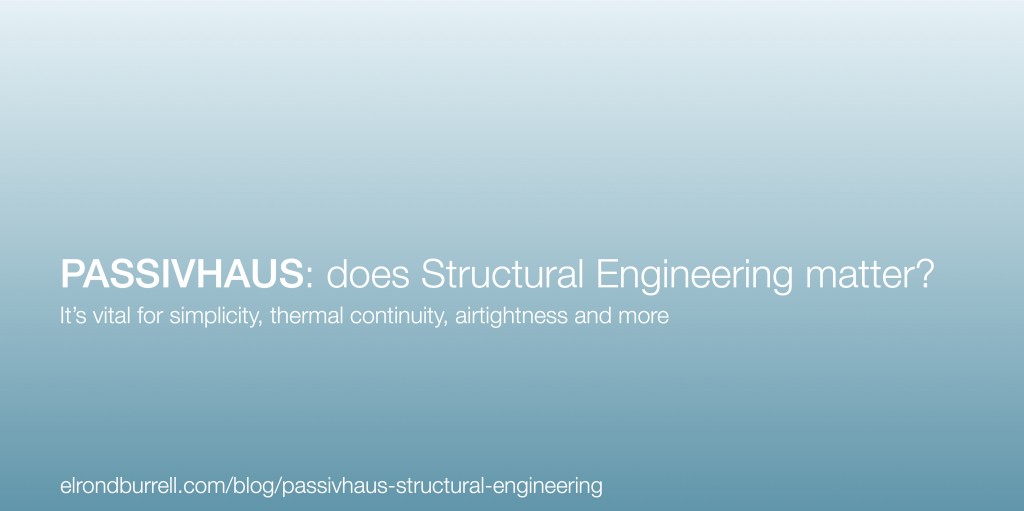Bjarke Ingels is a “Starchitect,” an international superstar architect. He is also a great storyteller and perhaps this is why he has risen to such prominence in recent years. People love stories.
Arguably, it is the narrative that people give to buildings that elevate them to “Architecture.” The trouble I have with most “Starchitecture” is that the narrative often appears to be whimsical, egocentric and divorced from environmental context.
Bjarke Ingels is a different kind of “Starchitect.” He offers a narrative where architecture embraces environmental context. His term for this is “Vernacular 2.0.”
Vernacular architecture arises out of a direct response to the climate it inhabits and the resources available locally. And this is exactly what the Passivhaus Standard aims to ensure in a contemporary context.
So what would happen if the two were combined? Can you imagine an architecture where the “Hedonistic Sustainability” of the Bjarke Ingels Group (BIG) delivered the radical energy efficiency and exceptional comfort of the Passivhaus Standard?*
I can.
The combination of Bjarke Ingels + Passivhaus, to my mind, truly would be a “Vernacular 2.0.”




